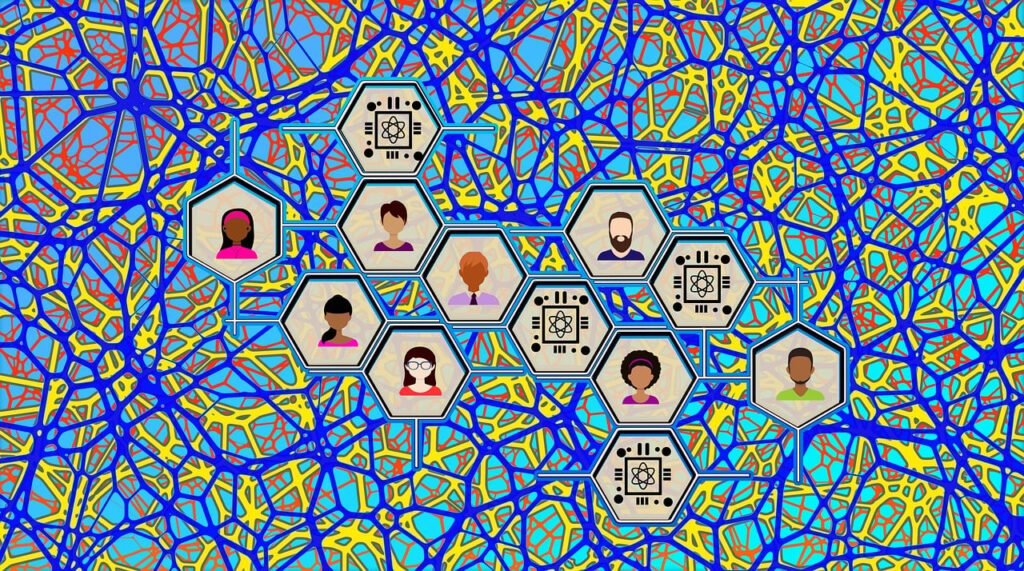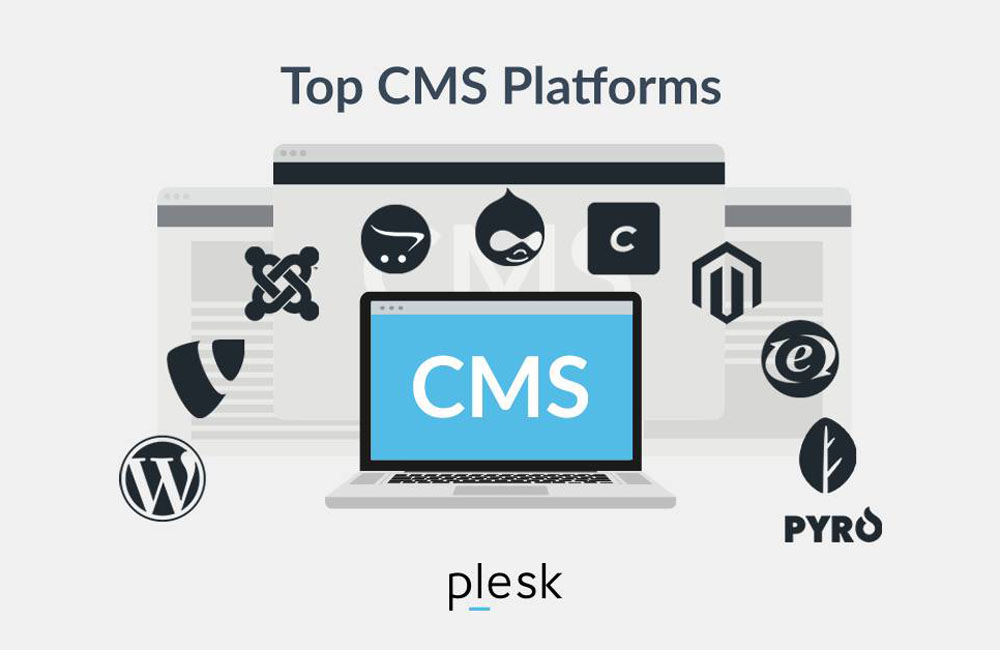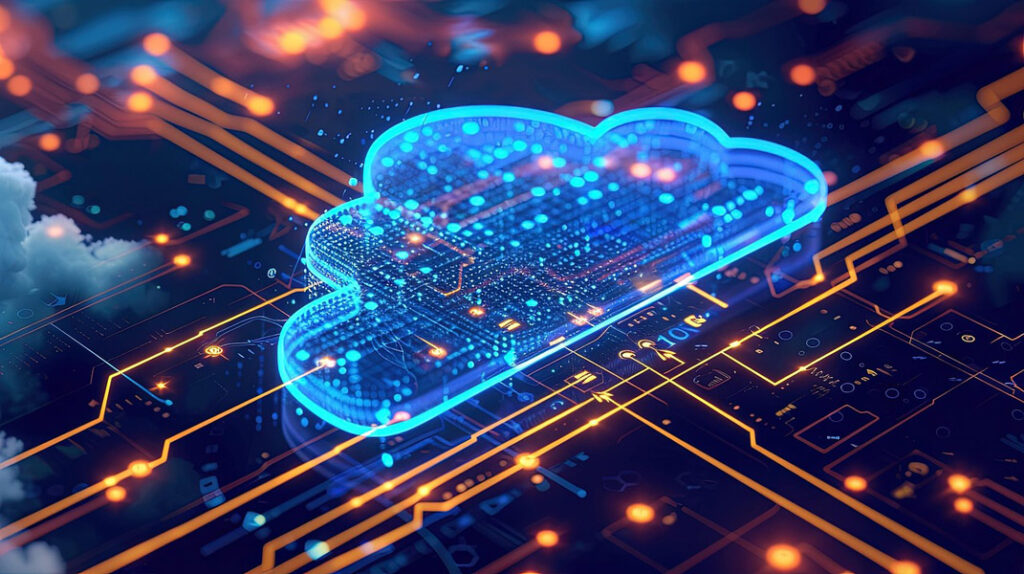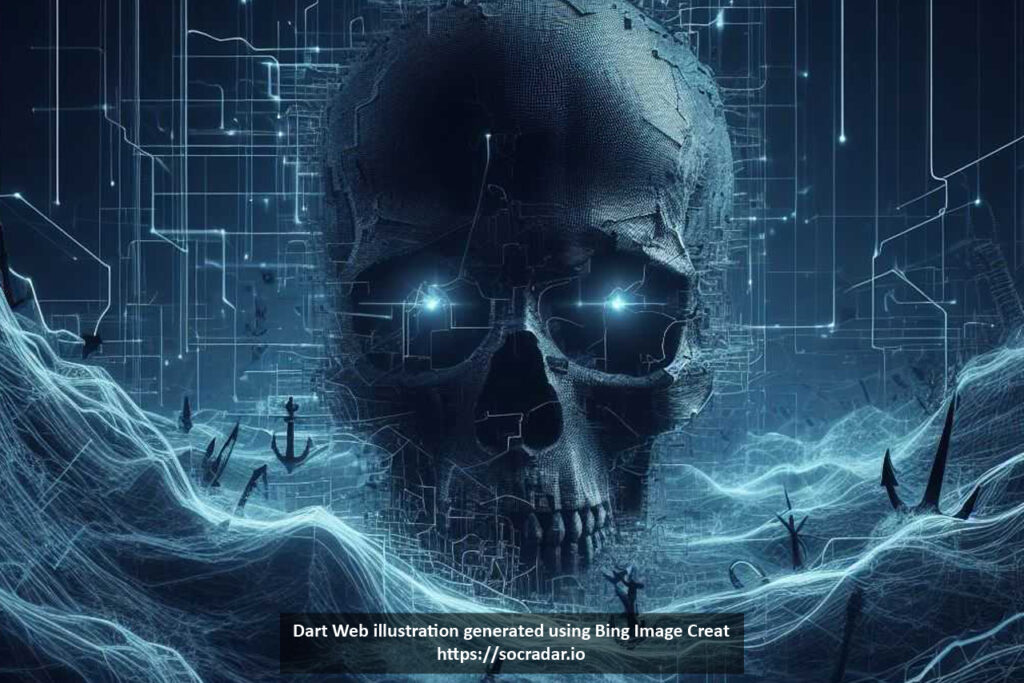Understanding Dijkstra’s Algorithm: A Step-by-Step Guide
IntroductionDijkstra’s algorithm, conceived by Edsger Dijkstra in 1956, is a cornerstone of computer science. It efficiently finds the shortest path in a graph with non-negative edge weights, making it indispensable in applications like GPS navigation, network routing, and robotics. This post breaks down how it works, complete with examples and code. What is Dijkstra’s […]
Understanding Dijkstra’s Algorithm: A Step-by-Step Guide Read More »












